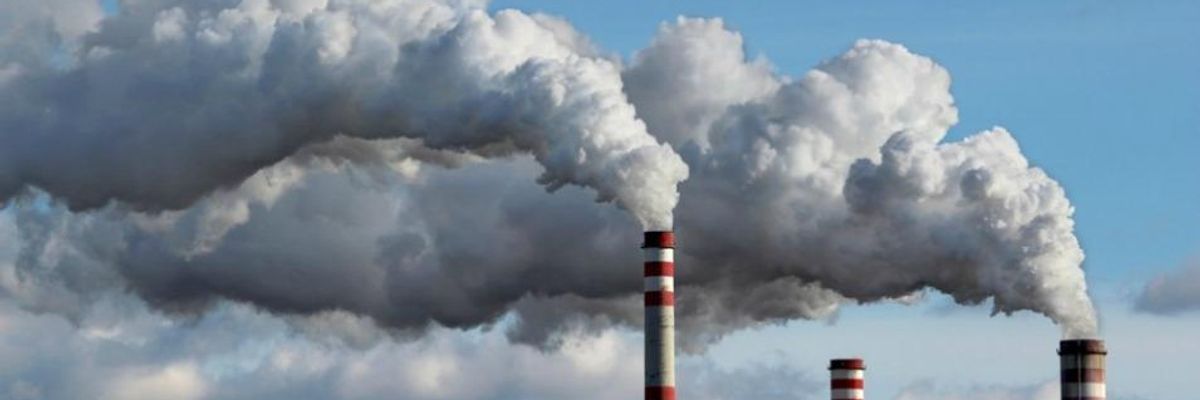The wealthiest 1% of the world's population is responsible for emitting more than twice as much carbon dioxide as the poorest 50% of humanity, according to new research published Monday by Oxfam International.
The study (pdf), which was conducted in partnership with the Stockholm Environmental Institute, analyzed data collected in the years 1990 to 2015, a period during which emissions doubled worldwide. It found that the world's richest 63 million people were responsible for 15% of global CO2 emissions, while the poorest half of the world's people emitted just 7%.
The researchers reported that air and automobile travel were two of the main emission sources among the world's wealthiest people. The study revealed that during the 15-year period, the richest 10% blew out one-third of the world's remaining "carbon budget"--the amount of carbon dioxide that can be added to the atmosphere without causing global temperatures to rise above 1.5degC--as set under the Paris Agreement. It also found that annual emissions grew by 60% between 1990 and 2015, with the richest 5% responsible for 37% of this growth.
According to the study, "the per capita footprint of the richest 10% is more than 10 times the 1.5degC-consistent target for 2030, and more than 30 times higher than the poorest 50%."
The researchers noted a sharp drop in CO2 emissions during the coronavirus pandemic. However, they said that "emissions are likely to rapidly rebound as governments ease Covid-related lockdowns."
In 2020, climate change has fueled deadly cyclones in India and Bangladesh, massive locust swarms that have devastated crops throughout Africa, and intense heatwaves and wildfires in Australia and western North America, among many other events.
Oxfam is calling for more taxes on high-carbon luxuries, including a frequent-flier tax, in order to invest in lower-emission alternatives and improve the lives of the world's poorest people, who are the least responsible for--but most affected by--the disasters and harm unleashed by global CO2 emissions.
"The over-consumption of a wealthy minority is fueling the climate crisis, yet it is poor communities and young people who are paying the price," wrote study author Tim Gore, Oxfam's head of climate policy. "Such extreme carbon inequality is a direct consequence of our governments decades-long pursuit of grossly unequal and carbon intensive economic growth."

